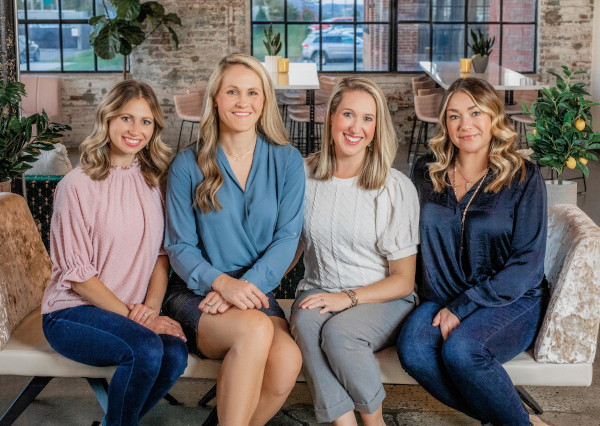“The thing that is really hard and really amazing, is giving up on being perfect and beginning to work on becoming yourself.” – Anna Quindlen
In our last blog, we introduced a new series focused on understanding and identifying your sweet spot. As consultants, we often use the phrase “sweet spot” when we talk about having a career that aligns with your personality, interests, strengths, skills, and values. We are continuing our series by exploring the first element on that list: personality.
At its root, personality answers the question, “How am I wired?” People have been attempting to understand personality since Greco-Roman times. Personality is innate. We are born with a set of dispositions or preferences. While our upbringing and factors around us influence our personality, many of our natural preferences tend to remain constant.
A common analogy used for personality is hand dominance. The majority of us (aside from the ambidextrous few) are born either right-handed or left-handed. Even though our dominant hand reveals our natural preference, our non-dominant hand can still grip a pencil, write, and even adapt to function at a higher level with practice. Likewise, we all have natural personality preferences, but we can still operate out of personality styles that aren’t natural to us, albeit a little more clumsily.
Understanding Personality
(From Julie) One of my clients is an ultrasound tech and self-professed introvert. She loves her patients and her team, but at the end of a 10-hour shift, she’s so exhausted that she needs all of her time off to recover. Because she’s in recovery mode during evenings and weekends, she hardly has any time to get out and do things she truly enjoys.
At our initial session when I asked her to brainstorm her ideal work environment, she confidently said that she’d love to do something fully remote. After thinking through that more, she came back to our next session sharing that she really does enjoy working with people and building relationships. She knew herself enough to understand that if she never interacted with people, she wouldn’t feel fulfilled. At the same time, she needed something with more balance between alone-work and people-work.
I (Julie) reminded her that sometimes if we’re burned out or unhappy in a situation, we tend to over-correct, which causes problems as well. Like driving a car and swerving to avoid an obstacle in the road, by correcting too much, you’ll just end up in the ditch on the other side. It’s better to make more moderate changes that are aligned with your sweet spot, rather than swinging too far simply because you’re overextended.
Why This Matters
Julie’s client story is a great example of someone whose career rubbed against the grain of her personality. As an introvert, it was draining for her to constantly engage with people for long shifts each day. (Side note: Introversion and extroversion are simply a matter of where a person receives energy. For introverts, energy comes from time spent alone. For extroverts, energy comes from time spent with people. We recommend the book Quiet by Susan Cain for more on introversion.)
Personality not only determines introversion or extroversion, but it also influences other tendencies: fast-paced or slow, big-picture or small-details, task-oriented or people-oriented. Our personality is a core aspect of who we are. So when we take time to understand how we’re wired, we’re better able to embrace who we are in many contexts: relationships, hobbies, and of course – our work.
Have you found yourself frustrated with your job? Maybe the answer you need isn’t going to come from your boss or the company culture. Maybe the answer lies within yourself, and understanding your personality is the key to unlocking it.

 We strive to equip clients with the knowledge, support, and customized tools needed to gain forward momentum.
We strive to equip clients with the knowledge, support, and customized tools needed to gain forward momentum. 



